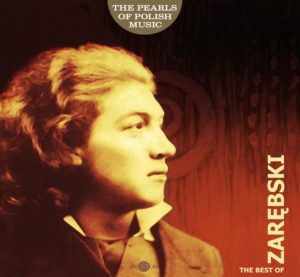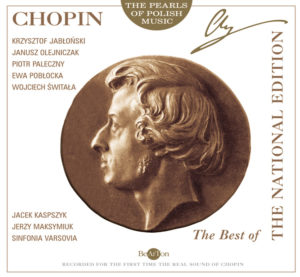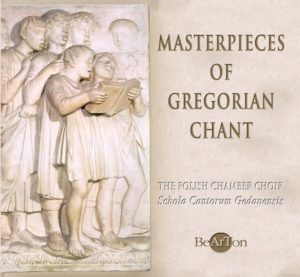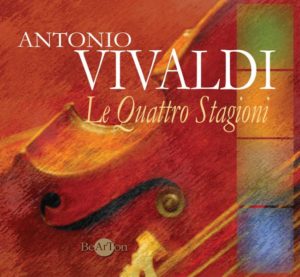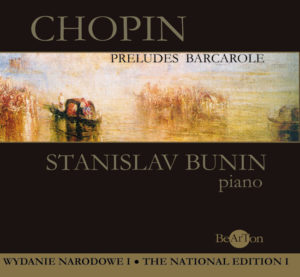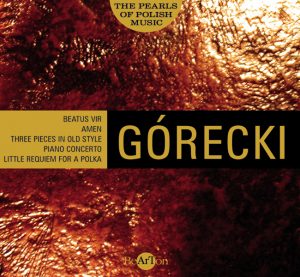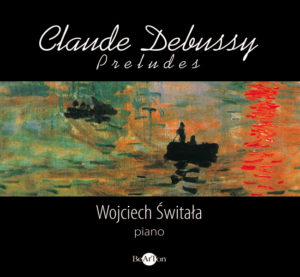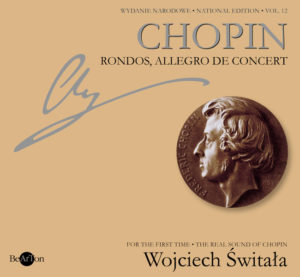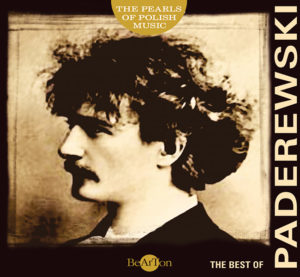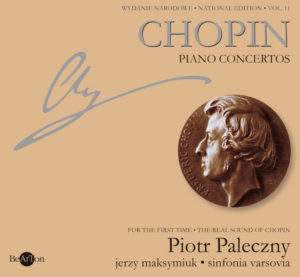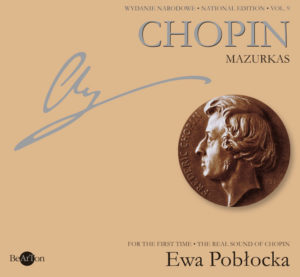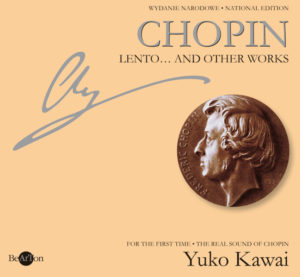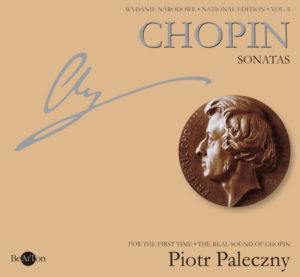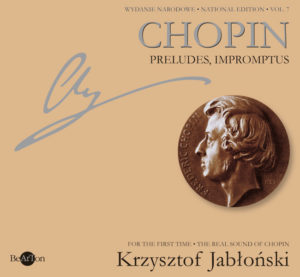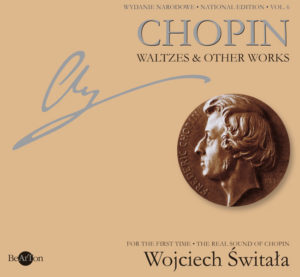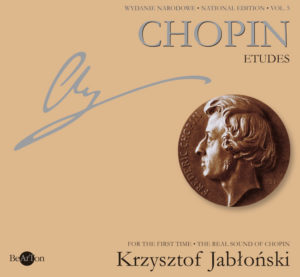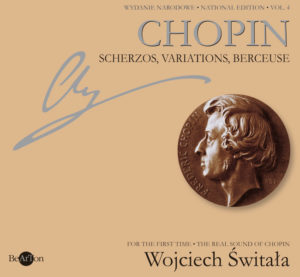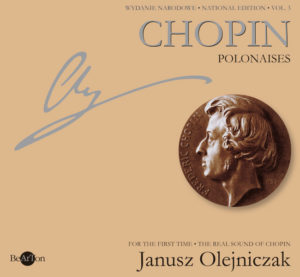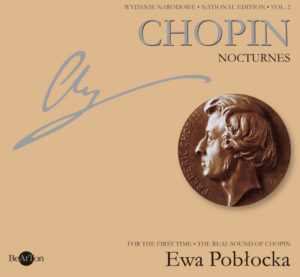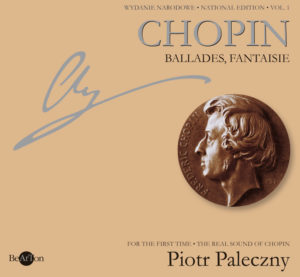Witold Lutosławski
Witold Lutosławski
Cat. No. CDB029
Music disc: SACD
Composer:
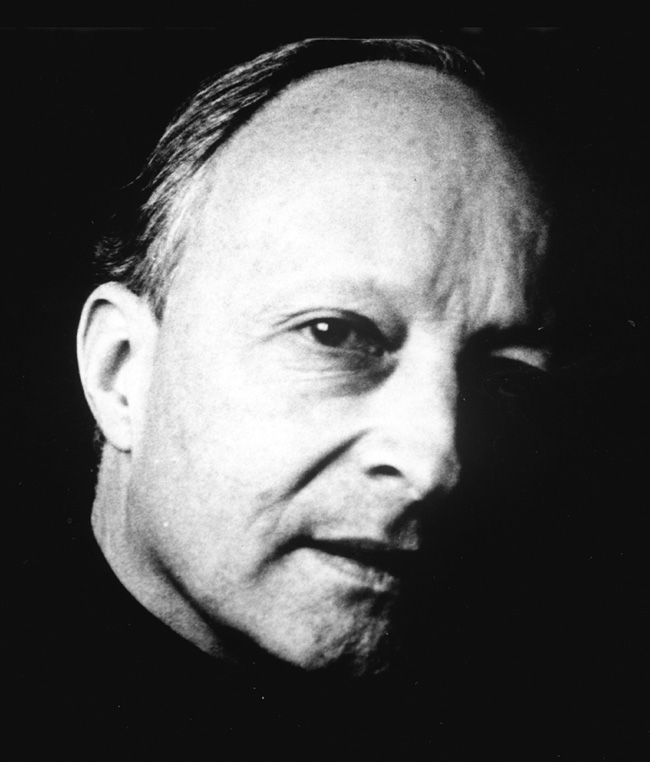
Witold Lutoslawski
Performers:
Janusz Olejniczak – piano
Olga Pasiecznik – soprano
Orchestra Sinfonia Varsovia
Jerzy Maksymiuk – conductor
Disc content:
CONCERTO FOR ORCHESTRA [1954]
- Intrada – 6’49”
- Capriccio notturno e ariosa – 6’06”
- Passacaglia.Toccata e corale – 15’20”
CHANTEFLEURS ET CHANTEFABLES – Song cycle for Soprano and Orchestra to poems by Robert Desnos
- La belle de nuit – 2’44”
- La Sauterelle – 1’26”
- La Veronique – 2’48”
- L`Eglantine,l`aubepine et la glicine – 1’49”
- La Tortue – 1’51”
- La Rose – 2’27”
- La Ailligator – 2’28”
- L`Angelique – 2’26”
- La papillon – 1’51”
- VARIATIONS on Theme by Paganini for Piano and Symphony Orchestra – 11’28”
Total time – 59’49”
Prizes:
Listen a part
51.99złAdd to basket
© ℗ 2004 Bearton
A Contemporary Classic and his Three Selected Pieces
Witold Lutosławski is among the greatest personalities of the 20th century. As a creator of the New Musical Deal he has only few equals at that time. His is a very personal, highly individual style which escapes simple codification. While being rooted in the mainstream of contemporary music it is at the same time easily identified.
In the early stages (before 1957) of his composing career the composer`s interest lies in the neoclassical and folkloristic idioms. Yet even then such works as the Little Suite, Silesian Triptich and the Concert for Orchestra clearly show that there were still other traditional sources of inspiration in Lutosławski`s modernity. It was the traditional approach to the art of composing rather than specific borrowings. In his own words: I wonder, if I had been able to write my music, were it not the music of composers of all epochs heard in my young days.¹ That is why it would be irrational to compare Lutosławski with, for example, Haydn, although indirectly the former is indebted to the great classics in building large forms, like the Venetian Games.
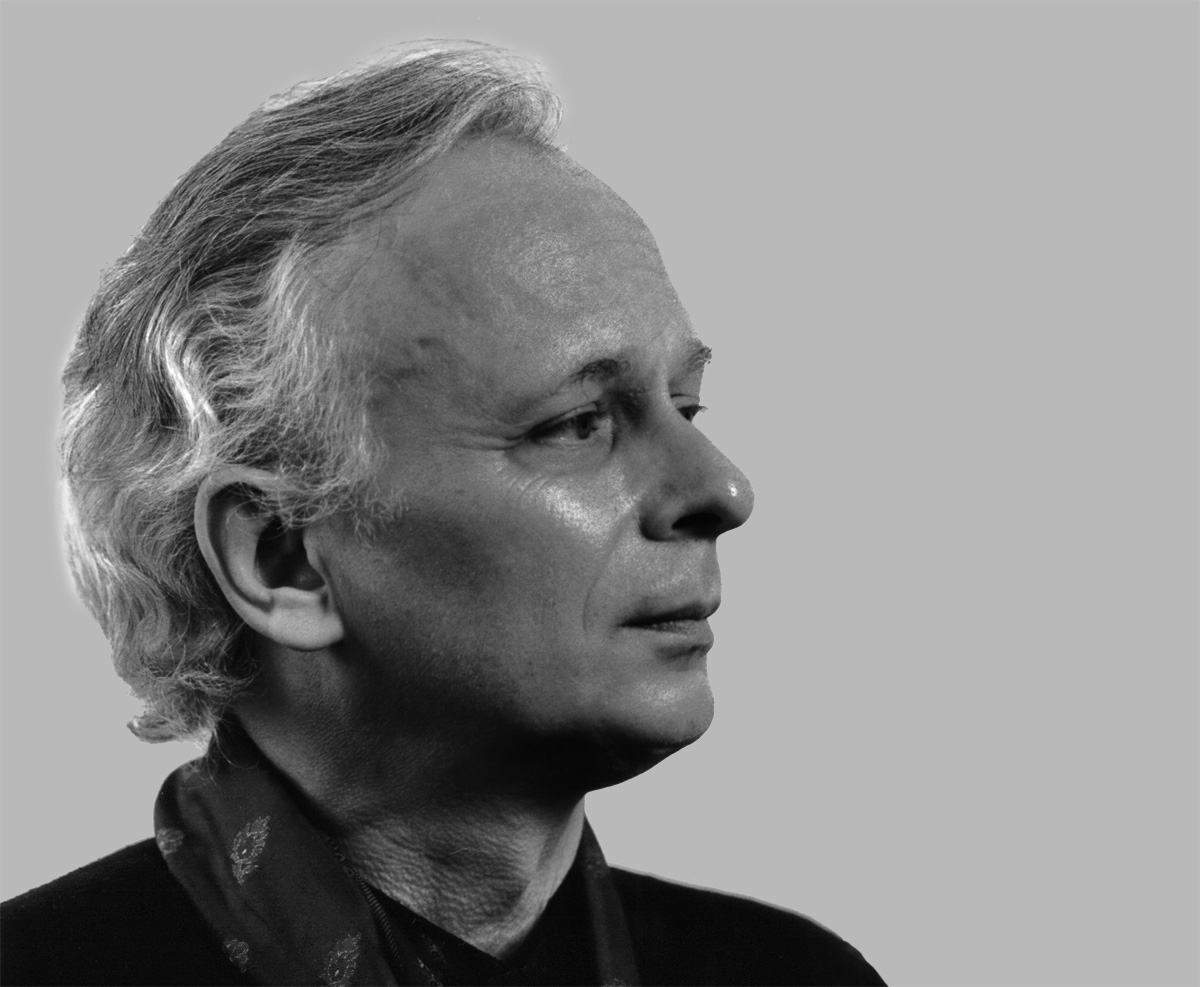
Janusz Olejniczak
To quote our composer again, we all know quite well how Haydn builds his symphonic allegro […] he often reiterates a short motif in various configurations. […] That is a well-known trick used by classical composers, an example of how we are indebted to our predecessors. The means may change but the principle remains the same.²
Lutosławski tells us also about other sources of inspiration: in my own daily routine as a composer I find Chopin`s music a source of musical imagination. In his confessions Lutosławski extols the music of Roussel, Debussy, Ravel, Szymanowski, Stravinsky, Prokofiev and Bartók. In his own mature period he achieves new tonal solutions not through breaking with the past but through a judicious combination of old a new, which he himself defines as his desire to build rather than demolish – a dislike of sheer negation.

Olga Pasiecznik
Such approach Lutosławski applies to music of his contemporaries as well. He takes from it what suits him technically and esthetically and molds it into his own musical fashion. Thus, for example, in his most avant-garde (1960–1970) period Lutosławski experiments with a modified aleatoric technique, i.e., the so-called controlled aleatorics. He operates with large sonoric planes but builds them on a logical harmonic plan. Likewise, he arrives at a novel two-movement form (String Quartet, Second Symphony, Cello Concerto, Livre pour orchestra, Third Symphony) by a convincing combination of old and new procedures. That new formal structure consists of the initial movement divided into short and contrasted (e.g., lyrical or joking) sections, contrasted with the main movement that represents a chain of events leading to a dramatic culmination point which is then satisfactorily resolved and ended in a calm and serene mood. Lutosławski`s proficiency in using modern techniques is not enough to call him an avant-garde composer, just like postmodernistic element in his neoromantic Piano Concerto of 1988 do not make him a member of the post-modernistic clan.
The gist of the matter is that Lutosławski, very much like J.S. Bach, summed up the musical past in his own specific way. He was not a fan of the passing fads but a firm believer in lasting values found in the music of old masters. Thus, Lutosławski earned the name of a contemporary classic owing to his love of clarity and formal discipline as well as healthy balance between sensual and speculative aspects of a musical piece.³
Just like the H.M. Górecki album issued a year ago in the Pearls of Polish Music series (Perły Muzyki Polskiej) the present one, devoted to Lutosławski, commemorates the current celebrations. Issued as the first recording combining three phonographic versions – super audio [DSD multichannel surround], super audio stereo [DSD two-channel stereo] and stereo CD, contains three works from different periods selected rather arbitrarily according to their inner logic.
All three pieces represent multilayer structure as if written with the super audio surround version in mind. That technique helps to enhance the its stylistic tridimensional features that widen the listening audience with fans of this kind of version. Another asset lies in the strong retrospective character of the Concerto and Variations. The undersigned purposily takes into account both the appeal of the works to the audience and the specific predilections of the performers – Olga Pasiecznik, Janusz Olejniczak and above all, Jerzy Maksymiuk the conductor and his superb Sinfonia Varsovia. Their joint efforts guarantee utmost artistic level in presenting Lutosławski`s mastepieces.
According to the outstanding music critic, Andrzej Chłopecki, the Concerto for Orchestra, a gem of folkloristic neoclassicism, belong to a group of important works connected with three Polish conductors. Jan Krenz inspired Funeral Music, Andrzej Markowski talked Lutosławski into writing the Venetian Games, and, finally, Witold Rowicki was behind the composer`s decision to write Concerto for Orchestra. He actually commissioned the work for the Warsaw Philharmonic which was organised by him in 1950. Initially, Lutosławski planned a short work of occasional character but eventually the musical matter itself dictated him an expanded neoclassical symphonic form based on Polish folk motifs. Dedicated to Witold Rowicki it was first performed on 26 October 1954.
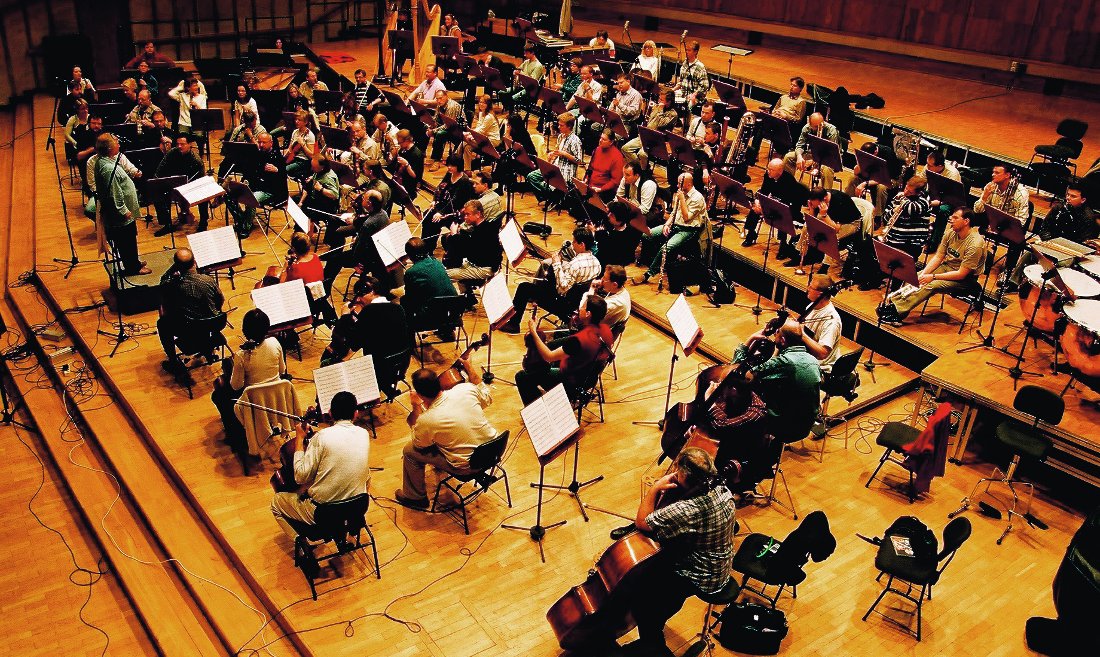
Sinfonia Varsovia
Concerto for Orchestra is divided into three movements: 1. Intrada, 2. Capriccio notturno e arioso,
3. Passacaglia. Toccata e Corale which is longer than the former two and it is here that the work comes
to the culmination point. This was the principle which ten years later became a crystallised bipartite form with a dominating role of the second movement. Intrada is based on Mazovian tune subject to symphonic development the second subject from which emerges called cantando. Viewing the evolution of the composer`s idiom we can call the process applied in this movement a quasi variational mi-parti principle of presenting successive variants of the same idea in different garb. Unlike in the somewhat later harmonically oriented Funeral Music it is the structural methodology that prevails. The course of melodic narration form an arc while the thematic material is presented in an upward progression of fifths and then descends in fourths. Part two boils down to a scherzo type called Capriccio and trio nicknamed Arioso the former being a virtuosic instrumental concertato typical for the Lutosławski mature period.
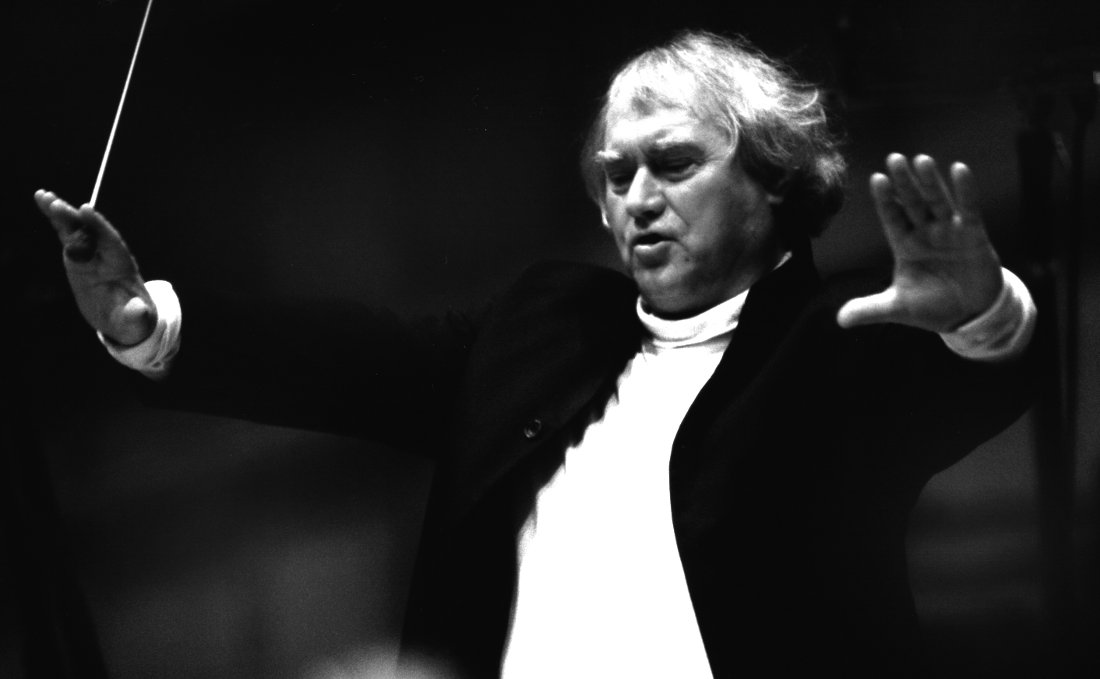
Jerzy Maksymiuk
Even more stylistically foreboding is however, the final Passacaglia. Its constantly reiterated subject appears first in the lowest register, […] top-with the violin part playing the theme in the highest register. As a counterpoint to the main subject presentation the composer juxtaposes contrasting non-thematic matter – a procedure that he later called chain technique. The Concerto ends up with a much longer and meaningful movement which is a mirror-like presentation of the foregoing music. Preceded by a short introduction and scherzo interlude we hear extended Passacaglia followed by sharply contoured Toccata leading to the culmination archaic – sounding pseudo-chorale theme. This is terminated with a short, articulate and anticlimactic coda. The said Concerto is often negatively compared with Béla Bartók`s work with the some title and wrongly so. Novel features in its structure, highest craft and originality, though not yet quite mature, place Lutosławski next to Bartók, if not before him, in the 20th-century neoclassical Olympus.
Chantefleurs et Chantefable, songs written in 1990 to the lyrics of the French poet Robert Desnos, represent Lutosławski`s search for a new treatment of melody, after a long period of preoccupation with rhythm, harmony and form. A cycle of nine miniatures represents a close association of words and music full of variety of orchestrally evoked moods, ranging from lyricism (L`Angelique) to jocose (La sauterelle). The first eight songs differ metro-rhythmically from the aleatoric (ad libitum) song which comes as a culminating point of the whole cycle and has analogies with the composer`s other works.
The origins of Variations goes back to World War II. Soon after New Year`s Eve 1940 Andrzej Panufnik suggested to Lutosławski playing piano duo in cafes of the German-occupied Warsaw, first in the Adria, then Under the Actresses and finally in Art and Fashion. For that purpose the two composers arranged for two pianos around 200 works of Bach, Mozart, Schubert, Czajkowski, Ravel and others, both sophisticated and popular. Unfortunately all transcriptions except one were lost during the 1944 uprising. The only remaining one 24th Caprice prepared by Lutosławski in 1941 and reworked in 1949 as Variations on a theme of Paganini for two pianos. It gained immediate success and was played by a number of piano duos. In the seventies the well-known Polish pianist, Felicja Blumental asked Lutosławski to rework the piece for piano and orchestra. Completed in 1978 it was first performed by the Florida Philharmony Orchestra in Miami, with Blumental at the piano. From now on both versions enjoy incessant popularity.Worth adding is that the concert version of the Variations is one of the two works for piano and orchestra and was written in the composer`s most mature period, witness the brilliant orchestration and expression filling the traditional tripartite formal scheme. Since this masterwork appeals to connoisseurs and plain people we give it as a the final item highlighting this Lutosławski`s album.
Marek Wieroński
Translated by Jerzy Gołos
1. T. Kaczyński, Interviewed by Witold Lutosławski Kraków 1972 p.148
2. Ibidem, s.[p.] 150
3. J. Paja-Stach, Lutosławski and his musical style, Kraków 1997 p. 149
Reviews
… do sklepów trafiła pierwsza polska płyta SACD wydana przez firmę BeArTon . Co więcej , jest to pierwsza na świecie płyta SACD z utworami jednego z największych kompozytorów XX w. Witolda Lutosławskiego…
27 pażdziernika w siedzibie PWM odbyła się niezwykle ciekawa prezentacja albumu…Wzieli w niej udział dyrygent Jerzy Maksymiuk i pianista Janusz Olejniczak, ale była też okazja spotkania z realizatorami nagrania;Julitą Emanuiłow, Zbigniewem Kusiakiem i Andrzejem Lupą… Zestaw audio również budził respekt…Muszę podkreślić, że naturalność brzmienia i precyzja dżwięku była zaskakująca….NIe mogę nie podkreślić wrażeń, jakie wzbudziła we mnie muzyka. Już sam dobór utworów wydaje się bardzo celny. Są to dzieła dla Lutosławskiego bardzo charakterystyczne i silnie nasycone emocjami. Jednak dopiero interpretacja samego dyrygenta – Jerzego Maksymiuka uczyniła z nich utwory niezwykle ekspresyjne, mogące trafić do nawet serc słuchaczy niedoświadczonych na polu muzyki współczesnej…Nagrania dokonano w Studio im. W. Lutosławskiego … następnie zapis HD PCM został zmiksowany w Studio Izabelin…Dysk z nagraniem poleciał do holenderskiej firmy Polyhymnia specjalizującej się w technice DSD, która dokonała transferu z HD PCM na format DSD. Stąd materiał trafił do austriackiej tłoczni Sony DACD pod Salzburgiem, gdzie …stwierdzono, że tak dobrego nagrania, w którym nie trzeba nic poprawiać, jeszcze nie mieli. W efekcie otrzymaliśmy album godny wszelkich międzynarodowych nagród fonograficznych.
Piątą z kolei płytę z serii Perły Muzyki Polskiej firma BeArTon poświęciła Witoldowi Lutosławskiemu. To jednocześnie pierwsza w cyklu płyta zrealizowana w technice SACD, zapewniającej – przy odpowiednim sprzęcie – wyjątkowe doznania słuchowe.
Najmocniejszą stroną krążka BeArTonu jest orkiestra ‘Sinfonia Varsovia’ pod batutą Jerzego Maksymiuka…. na ogół zespół brzmi wspaniale, przede wszystkim w Koncercie na orkiestrę , ale także w Wariacjach na temat Paganiniego … zespół okazał się tutaj jako instrument nadzwyczaj wrażliwy, zdolny do istnych fajerwerków wirtuozowstwa.W Koncercie zachwyca feeria barw dżwiękowych w dialogach grup instrumentalnych ( mistrzostwo instrumentacyjne Lutosławskiego było już wówczas na miarę Ravela) oraz dopracowane do najdrobniejszych szczegółow fragmenty kameralne ( np. kontrabas z fortepianem, solówki drzewa). Koncert ma miejsa po prostu cudowne …
Znakomite wykonanie, pełne pasji, energii i emocji z mistrzowskimi kreacjami solistów [ Olga Pasiecznik, Janusz Olejniczak] . Jerzy Maksymiuk jak zawsze przekonuje słuchaczy swoją interpretacją, włączając do niej świetne opanowanie orkiestry i precyzję rytmiczno-melodyczną….Nikt tak jak on nie potrafi operować momentami napięć i odprężeń, wykorzystując do tego całą paletę barw dynamicznych i kolorystyki dźwiękowej. …….słowa uznania dla realizatorów, którzy dołożyli wszystkich starań, by dźwięk na płycie charakteryzowała przestrzeń, ciepłą barwa i doskonale zachowane proporcje między solistami i orkiestrą ……To wykonanie pokazuje jak bardzo w ostatnich latach interpretacja Koncertu na orkiestrę uległa ulepszeniu. Sinfonia Varsovia brzmi znakomicie. Jerzy Maksymiuk doskonale rozumiejąc trudną partyturę, perfekcyjnie i płynnie realizuje każdą z części utworu , wymuszając niejako od zespołu ich wirtuozowskie wykonanie , do ostatnich taktów utworu utrzymując napięcie i emocje. Chantefleurs et Chantefables są jeszcze lepsze.Olga Pasiecznik śpiewa pięknie [ szczególnie zachwycający jest The Grasshopper ], a wielokanałowe brzmienie SACD w sposob naturalny sytuuje jej głos w instrumentalnej fakturze. Nieodparty urok tego brzmienia towarzyszy także wyrazistym, energicznym i swawolnym Wariacjom na temat Paganiniego. Krótko mówiąc – album jest sukcesem interpretacyjnym i realizacyjnym…
This superb SACD contains three of Lutoslawski’s most popular and accessible works.The recording sessions took place between March and May 2004 at the Concert Studio of Polish Radio in Warsaw. The pieces were recorded in HD PCM and converted to DSD by Polyhymnia and the sound throughout has an outstanding vividness and realism, especially from the 5.0 surround sound layer.
The first piece on the disc is the powerful three-movement Concerto for Orchestra that was written in 1954 and has received a number of fine performances on CD, but I have heard none better than this one. […]
The insert booklet has good notes in Polish and English but there are no texts or translations provided for the songs.
At present this wonderful SACD is only available direct from the BeArTon website, but deserves much wider distribution. I recommend it most highly.

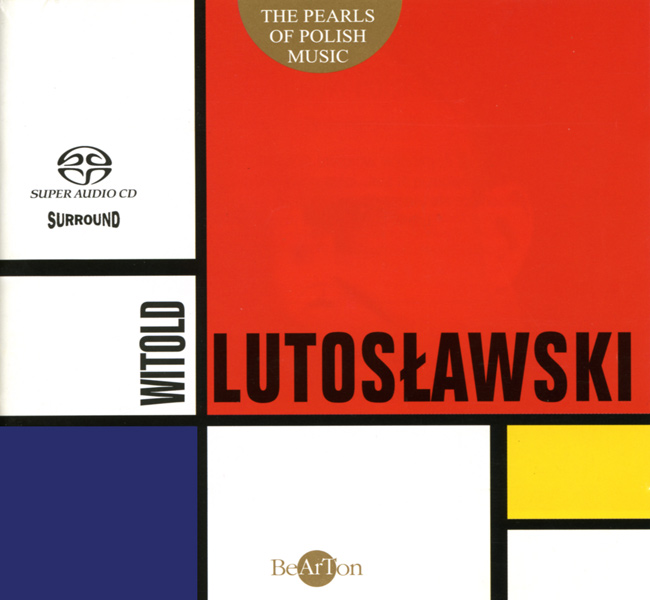
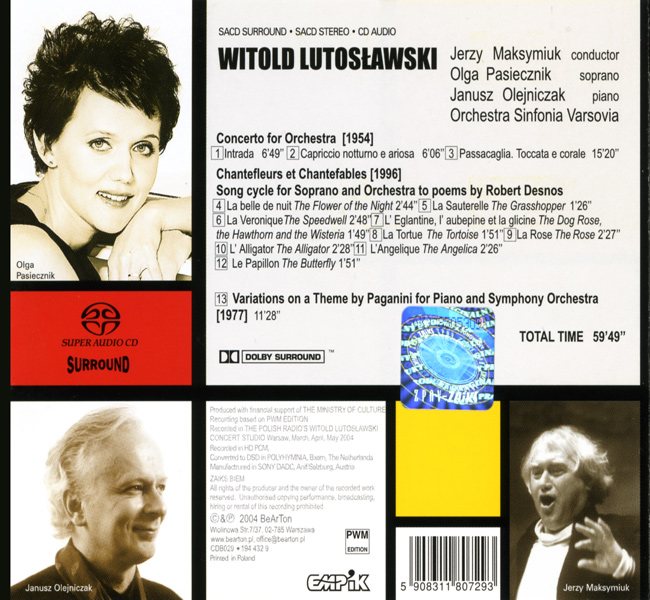




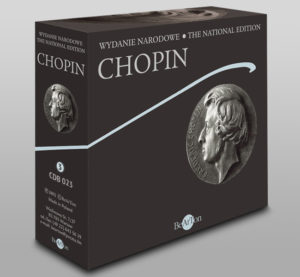
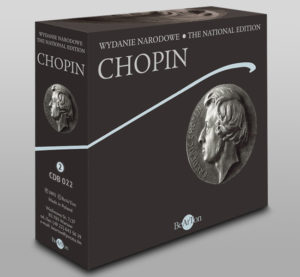
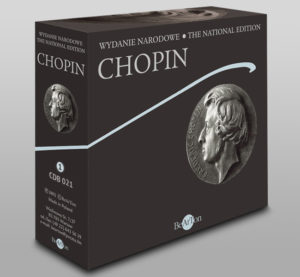
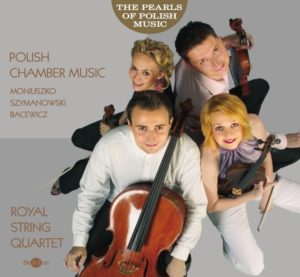
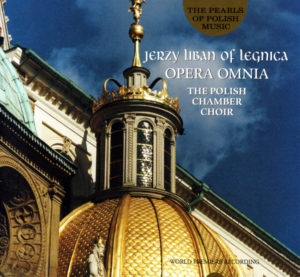
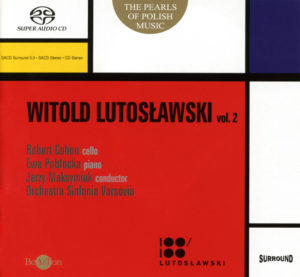
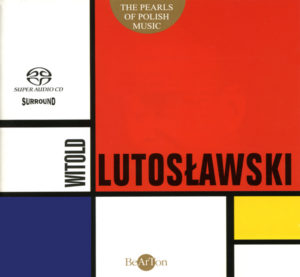
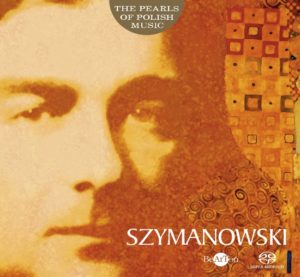
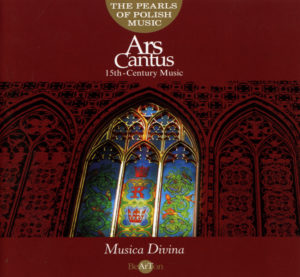
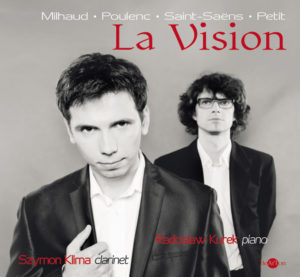
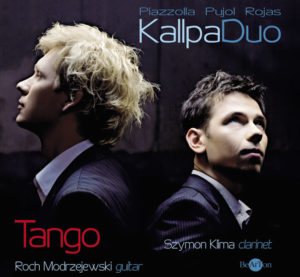
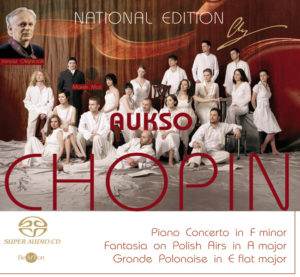
![Chopin – Walce [B] i inne utwory CDB047](https://www.bearton.pl/wp-content/uploads/Chopin-Walce-B-i-inne-utwory-CDB047-A-300x277.jpg)
![Chopin – Pieśni [B] CDB046](https://www.bearton.pl/wp-content/uploads/Chopin-Piesni-CDB046-A-300x277.jpg)
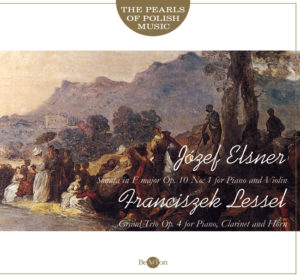

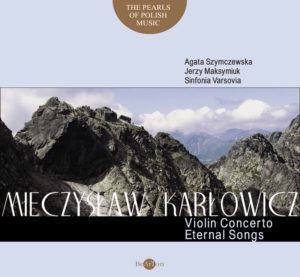
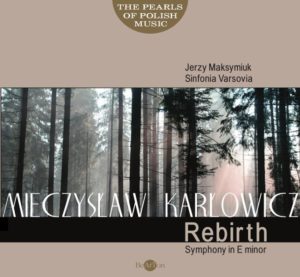
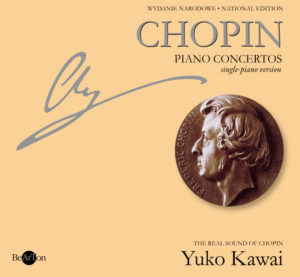
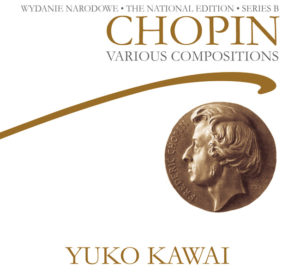
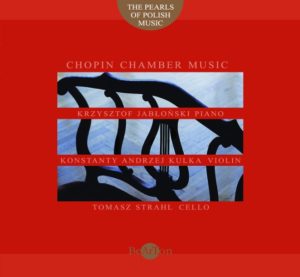
![Chopin - Mazurki i inne utwory [B] CDB038](https://www.bearton.pl/wp-content/uploads/Chopin-Mazurki-i-inne-utwory-B-CDB038-A-300x277.jpg)
![Chopin – Polonezy [B] CDB037](https://www.bearton.pl/wp-content/uploads/Chopin-Polonezy-B-CDB037-A-300x277.jpg)
